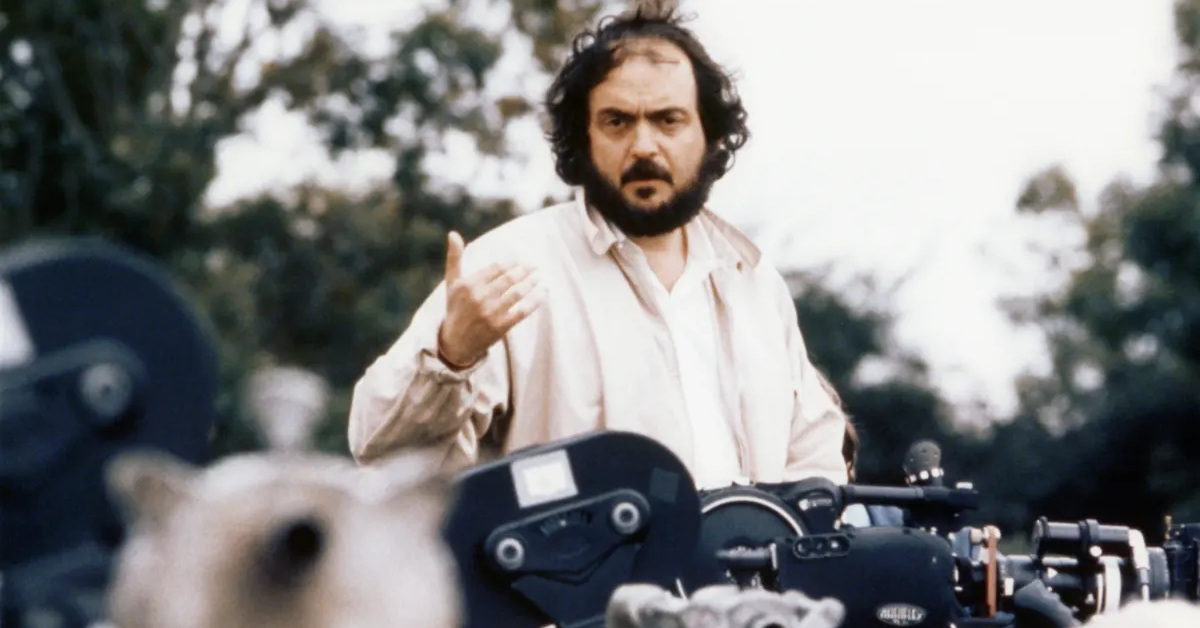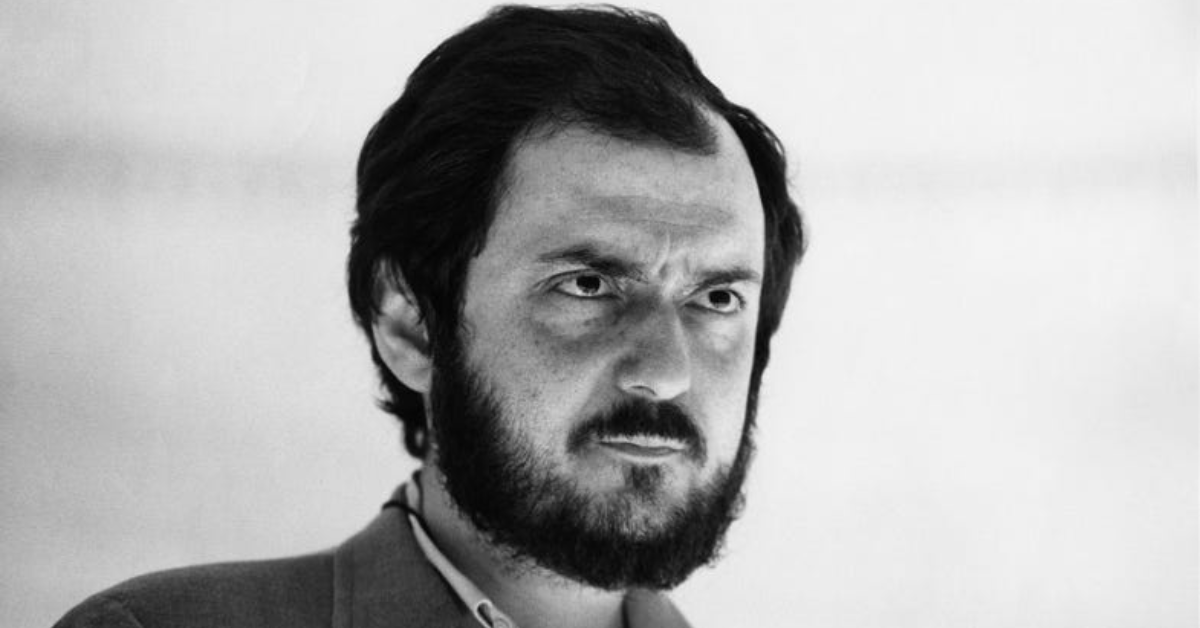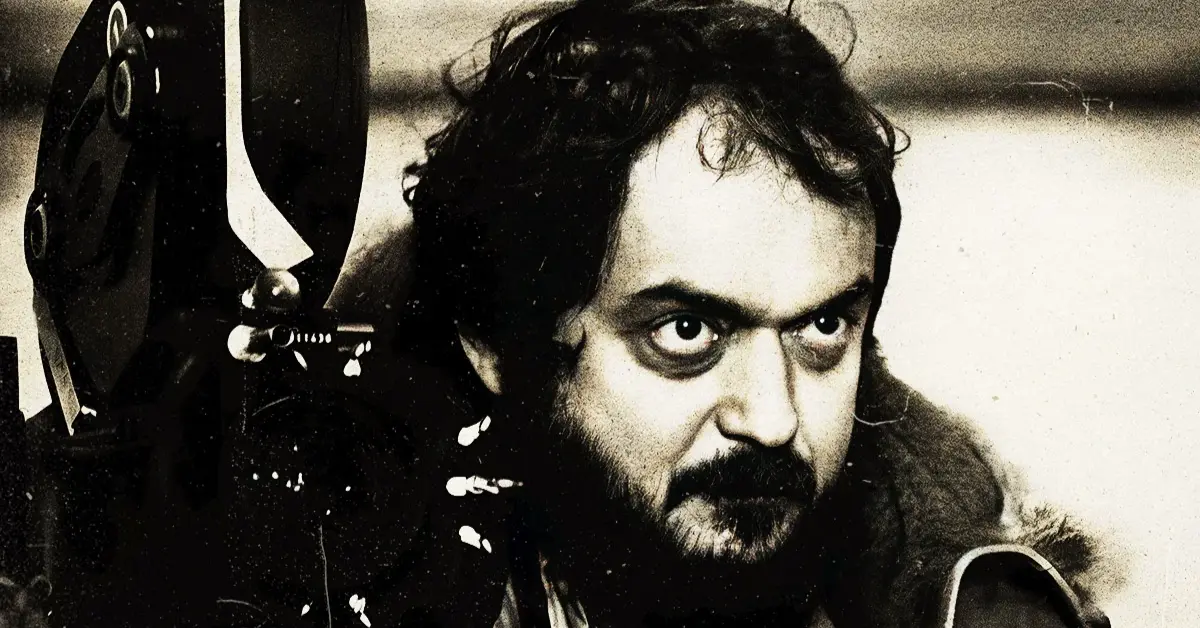Stanley Kubrick, renowned for his meticulous approach to filmmaking, left an indelible mark on the industry. Considered one of the greatest auteurs of all time, his visionary works, including 2001: A Space Odyssey and Barry Lyndon, continue to captivate audiences.
Kubrick’s relentless pursuit of perfection propelled him to the forefront of cinema, earning him a place in history.
Stanley Kubrick’s unwavering commitment to perfection often led to conflicts. His reputation as an exacting taskmaster arose from disputes with colleagues.
Shelley Duvall’s distressing experience during the production of The Shining and Harvey Keitel’s departure from Eyes Wide Shut serve as notable examples. Kubrick’s demand for complete control clashed with actors seeking creative freedom in their roles.
In a conversation with Joseph Glemis, Stanley Kubrick shared his perspective on the director’s role. He believed that directors should understand the emotional statements they want characters to convey and assist actors in delivering their best performances.
While acknowledging the importance of knowing an actor’s strengths and weaknesses, Kubrick asserted that the director’s taste and imagination played a vital role in filmmaking.
Stanley Kubrick Only Let Peter Sellers and Lee Erney Improvise Their roles
Kubrick’s approach to filmmaking rarely allowed for improvisation. He emphasized the significance of rehearsals and the physical reality of sets in achieving effective performances.

According to Stanley Kubrick, actors were emotional instruments, with some consistently ready to deliver exceptional performances, while others peaked in specific takes. Yet, there were two notable exceptions where Kubrick allowed improvisation.
Peter Sellers’ performance in Dr. Strangelove stands as a testament to his improvisational genius. Portraying three distinct characters, Sellers demonstrated his brilliance in every scene.
Despite Stanley Kubrick’s preference for extensive preparation and multiple takes, Sellers proved his ability to deliver exceptional performances through improvisation.
Another actor who transcended Kubrick’s tightly controlled framework was Lee Ermey in Full Metal Jacket. Originally tasked with writing dialogue for Ermey’s Gunnery Sergeant Hartman, Kubrick was astounded by Ermey’s improvisations.
Drawing on his personal experiences in the Vietnam War, Ermey brought a level of authenticity to his role that captivated audiences.
These instances of improvisation in Kubrick’s films highlight the power of spontaneity in unleashing creativity and authenticity.
Despite his perfectionism, Kubrick recognized the exceptional talent of Sellers and Ermey, allowing them the freedom to improvise. Their contributions added depth and nuance to their characters, elevating the overall impact of the films.

The improvisations by Sellers and Ermey in Kubrick’s films exemplify the dynamic collaboration between director and actor. These moments of spontaneity served as artistic breakthroughs, enhancing the films and showcasing the mutual trust and respect between Kubrick and these exceptional performers.
Stanley Kubrick’s collaborations with Peter Sellers and Lee Ermey demonstrate that even the most meticulous directors can recognize the value of actors’ creative contributions.
These instances of improvisation added a unique dimension to Kubrick’s films and showcased the power of spontaneity in the artistic process. They stand as testaments to the enduring impact of collaborative creativity and the remarkable performances that emerged from them.
In conclusion, while Stanley Kubrick was known for his perfectionism and control, he acknowledged the exceptional talents of Peter Sellers and Lee Ermey, allowing them the freedom to improvise in their roles.
These improvisations brought a sense of authenticity and brilliance to the films, highlighting the symbiotic relationship between director and actor.

Via Faroutmagazine









